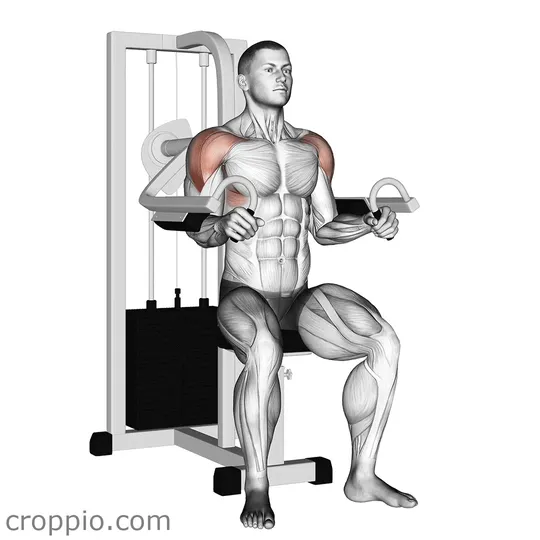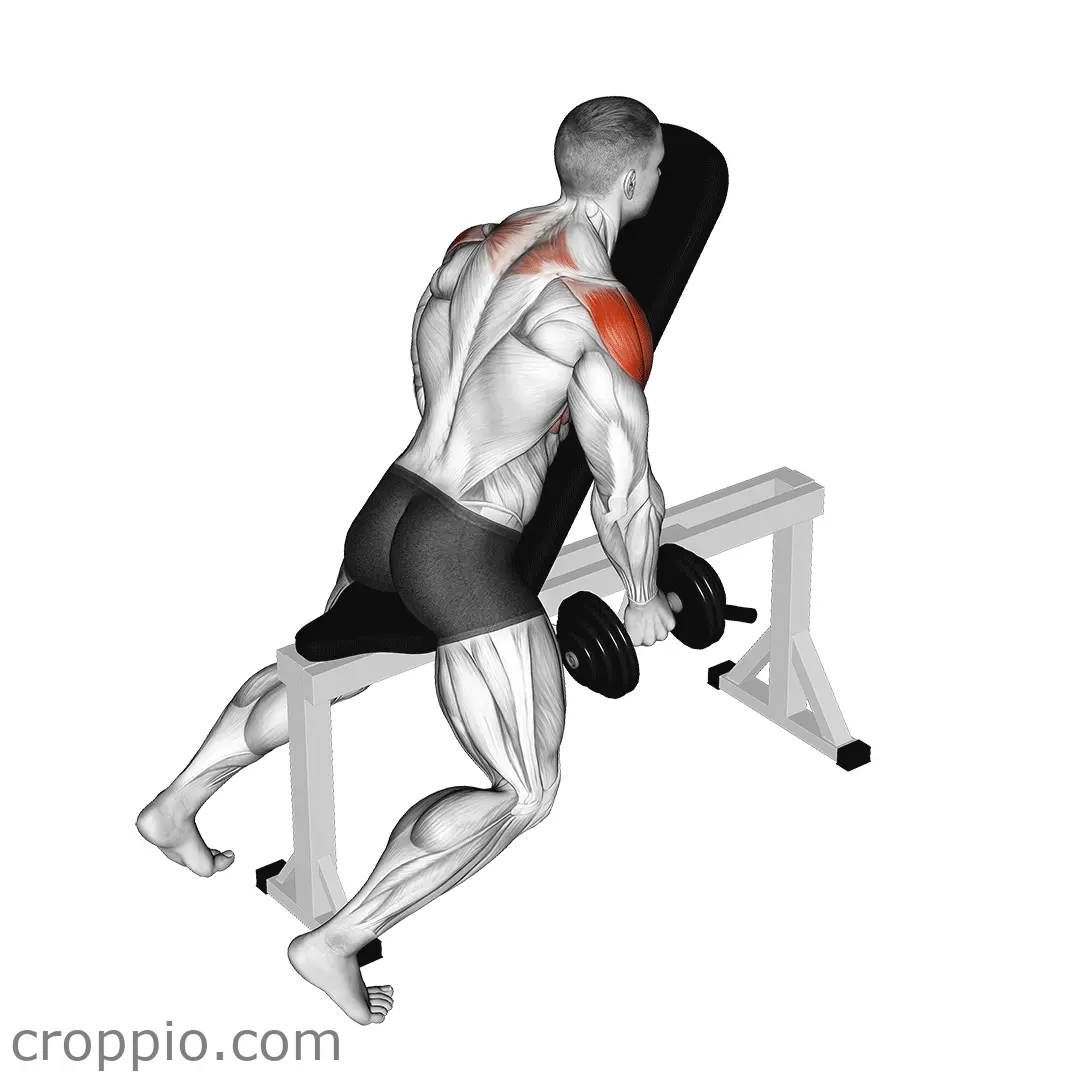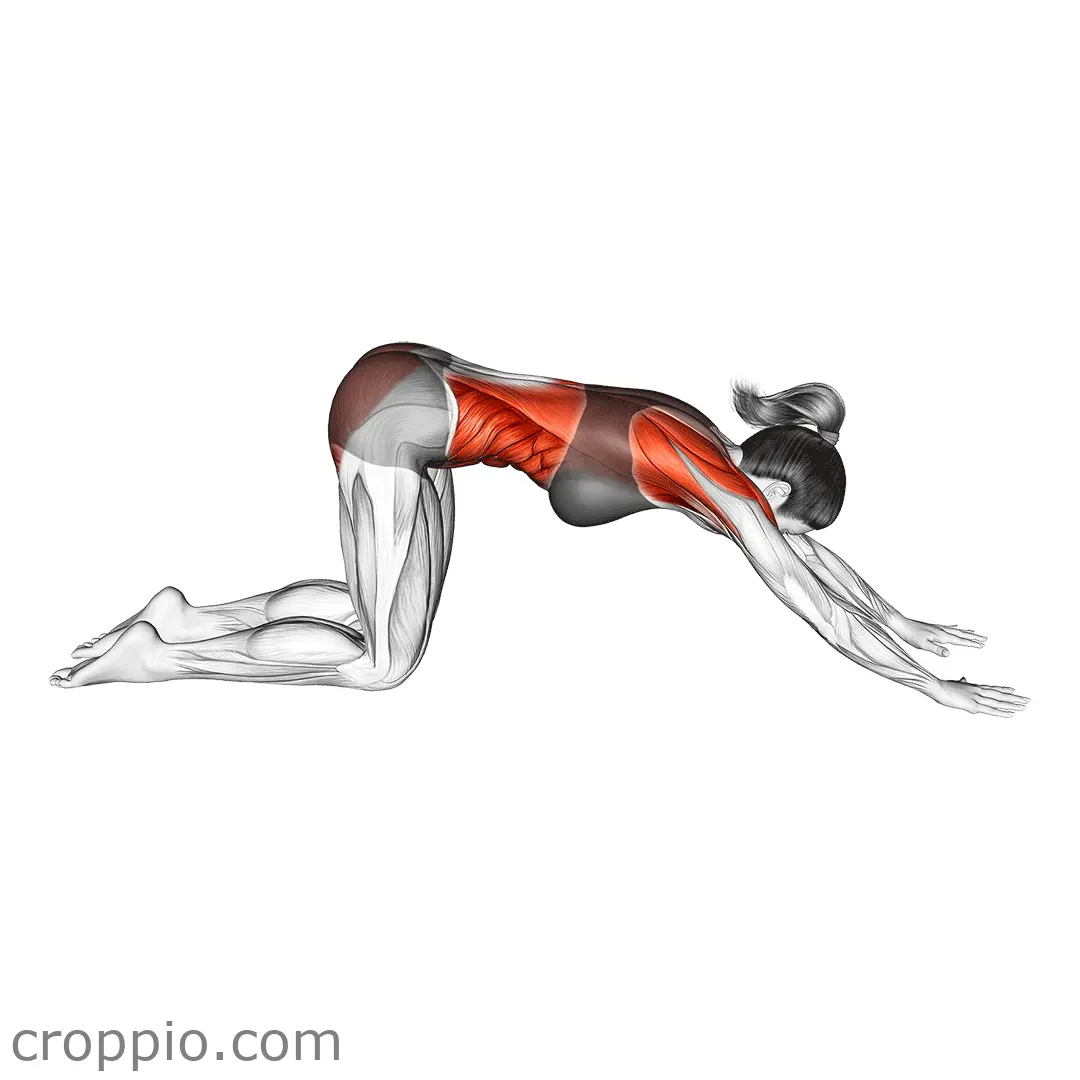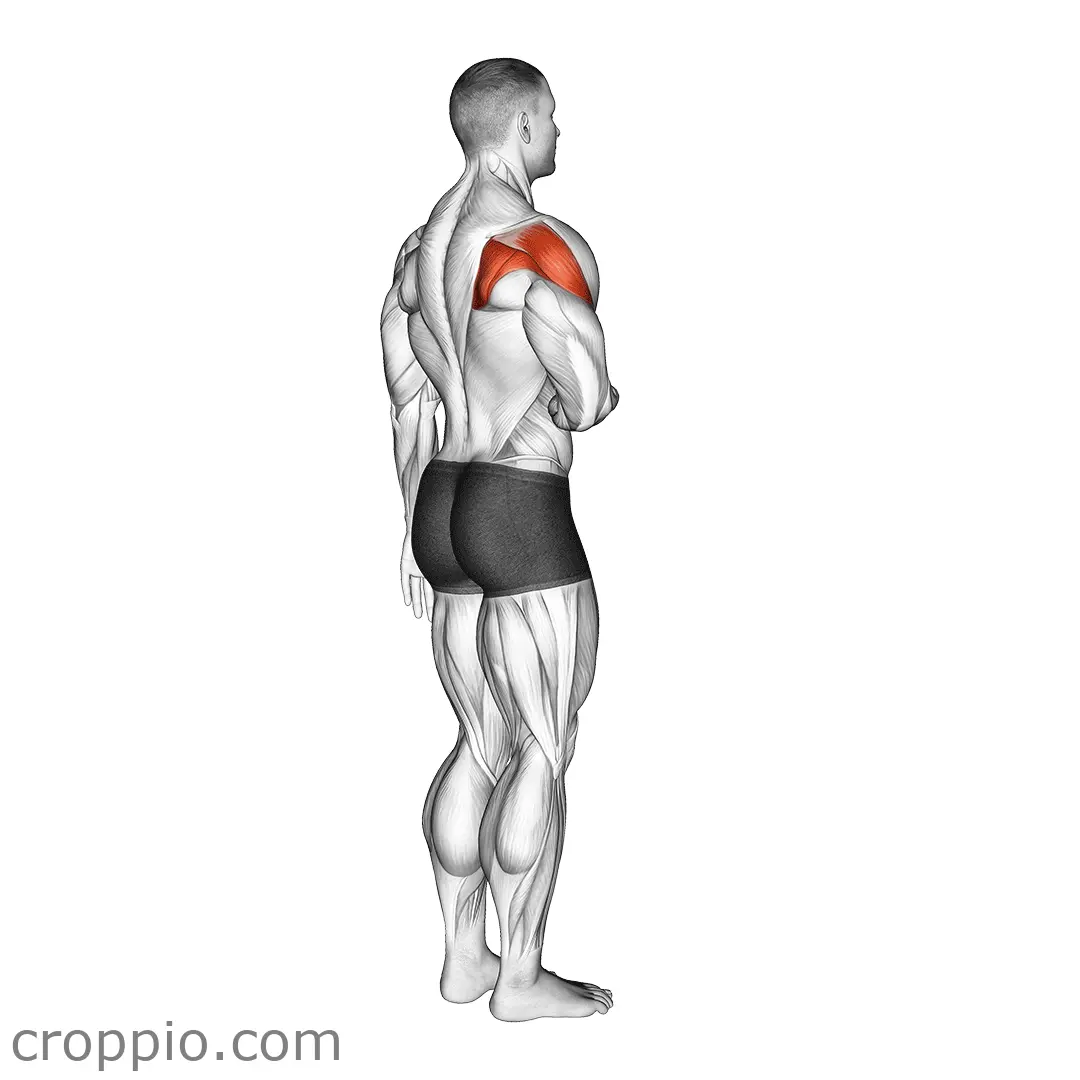Lateral Raise Machine

Muscles Involved
The lateral raise machine primarily targets the deltoid muscles, specifically focusing on the medial or lateral deltoid, which is responsible for shoulder abduction. This exercise also engages the trapezius and supraspinatus muscles as secondary targets, which help stabilize and support the shoulder joint during the movement. The lateral raise machine allows for a concentrated and controlled approach, ensuring effective engagement of these muscle groups while minimizing strain on the joints.
Top Mistakes
- Using excessive weight, which can compromise form and increase the risk of injury.
- Not fully extending the arms, leading to incomplete muscle engagement.
- Rounding the shoulders or leaning forward, negating the benefits of proper posture.
- Failing to control the weights during both the lifting and lowering phases, which can result in jerky movements.
Execution Tips
To perform the lateral raise on a machine effectively, begin by adjusting the seat height so that your arms are parallel to the ground when gripping the handles. Ensure your back is flat against the backrest, maintaining a neutral spine. Start with a light to moderate weight to perfect your form before increasing resistance. As you lift the handles, focus on moving through the shoulders rather than the elbows, keeping your arms slightly bent. Control the motion by lowering the handles back to the starting position smoothly, avoiding any jerks or swings throughout the lift. Concentrate on engaging your deltoids throughout the exercise, and breathe consistently—exhale while lifting and inhale while lowering.
Workouts
The lateral raise machine can be seamlessly incorporated into various strength training routines. Aim for 3 to 4 sets of 10 to 15 repetitions, allowing adequate rest of about 30 to 60 seconds between sets. It can be scheduled as a standalone exercise focusing on shoulder strength or integrated with other upper body movements such as bench presses, rows, or push-ups for a comprehensive workout. Alternatively, pairing it with other shoulder-focused exercises like the shoulder press or front raise will further enhance deltoid development and aid in muscular balance.
Conclusion
The lateral raise machine is an excellent exercise for developing shoulder strength and aesthetics. Its focus on the medial deltoid not only contributes to broader shoulders but also improves overall upper body stability and functionality. By paying attention to form and avoiding common mistakes, users can maximize the benefits of this exercise, making it a valuable addition to any weight training program.



